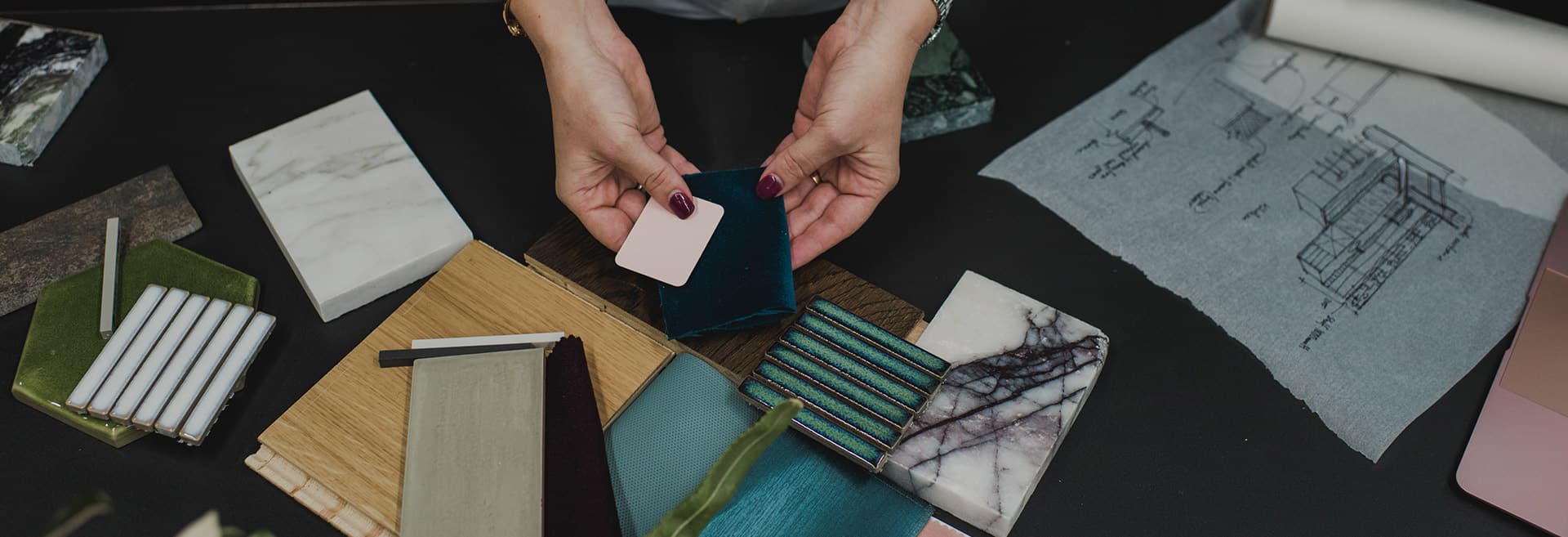
24 Apr WORLD ECONOMIC FORUM | 10 ways COVID-19 could change office design
Businesses have had their hands forced into considering different ways of operating throughout COVID-19, and are have quickly realised that the future of work is here.
Now is the time we should be considering the overall employee experience and how we are creating “spaces” for social and emotional connectivity.
Our workplaces are not the place that we need to go to, “to work”. They are the spaces that connect us to our organisations, our communities, our tribes. Our places to connect and feel like we belong, to build & strengthen relationships, to focus us on our purpose.
With restrictions beginning to ease around the world, what the workplace will look like on return is at the top of many organizations’ agendas.
From simple solutions to complex technology infrastructure, The World Economic Forum shares 10 ways that work and workplaces could change.
10 ways COVID-19 could change office design
COVID-19 has upended working life, changing how and where people do their jobs.
But with governments and companies around the world looking to ease lockdowns, minimizing virus transmission at work is now at the top of many organizations’ agendas.
Here are 10 ways that work and workplaces could change.
1. Office workstations
Homeworking will continue, but office life – in some form – will, too. The challenge lies in how to adapt workplaces. Global real estate company Cushman & Wakefield has risen to the challenge with a new design.
It’s called the Six Feet Office. It’s a way of transforming existing offices into places where the six-feet distance rule – which governments may continue to mandate – can be observed.
Arjun Kaicker led the workplace team at architects Foster and Partners for a decade, and now heads up analytics and insights at Zaha Hadid Architects (ZHA). He predicts the current pandemic will radically reshape office furniture.
“Office desks have shrunk over the years, from 1.8-metre to 1.6-metre, to now 1.4-metre and less, but I think we’ll see a reversal of that, as people won’t want to sit so close together,” he told The Guardian.
2. Simple solutions
How to keep desks clean? As well as obvious additions such as more hand sanitizer, some deceptively simple changes could help.
For example, in Cushman & Wakefield’s office, employees are asked to grab a paper placemat for their desk. At the end of the day, the paper is thrown away, which could help mitigate COVID-19 spreading on surfaces.
3. Closed plan
Office fashion for decades has included open-plan working. But could COVID-19 reverse this mega-trend, leading to a closed-plan future?
“I’m not suggesting we all go back to working in 1950s cellular cubicles, but I do think the density in offices will change,” predicts Kaicker, who forecasts a move away from open-plan layouts.
4. More signs
Think road markings, but for offices. From squash-court-style lines in lobbies to standing spots in lifts, and from circles around desks to lanes in corridors, the floors and walls of our offices are likely to be covered in visual instructions.
One possible approach is to encourage employees to walk clockwise, creating one-way flow to minimize transmission, as adopted by many hospitals during the current outbreak.
5. Technology
Companies may also need to invest in a new suite of contactless technologies to reduce disease transmission.
Zaha Hadid Architects’ new headquarters for the Bee’ah waste management company in Sharjah, UAE may be a glimpse of the future. It is packed with what ZHA calls ‘contactless pathways’, whereby employees rarely need to touch the building with their hands. Office doors open automatically using motion sensors and facial recognition, while lifts – and even a coffee – can be ordered from a smartphone.
Technology could also be used to remind employees of social distancing. Cushman & Wakefield has installed beacons into its office to track employees’ movements via their mobile phones, potentially sending alerts when six-feet rules are breached.
6. Rebuild
Given the gravity of the situation, some companies may need to get the builders in, either for a retrofit, or a more radical rebuild.
“I think we’ll see wider corridors and doorways, more partitions between departments, and a lot more staircases,” says Kaicker.
“Everything has been about breaking down barriers between teams, but I don’t think spaces will flow into each other so much any more.”
7. Fresh air
With good ventilation being key to preventing the spread of COVID-19, a big trend could be simply opening a window – if windows can be opened, that is, since many offices are now sealed, controlled units.
And where filtered air is the only option, it could be boom-time for high-end office climate control systems. China’s mass adoption of this technology to address poor air quality is thought to have assisted its office workers to return to their desks more quickly.
8. Co-working
Could the recent boom in co-working companies, where start-ups share buildings – and in some cases, desks – change post-virus?
Darren Comber, chief executive of architects Scott Brownrigg, thinks it might. “We’ve seen a huge boom in co-working spaces,” he told The Guardian.
“But, after this, are companies really going to want to put their entire team in one place, where they’re closely mingling with other businesses?”
9. Greetings
We’ve already glimpsed the future, as many organizations implemented greetings policy changes before office staff were sent home.
Handshakes are out, and look likely to remain so for some time to come. But new greetings have emerged.
Earlier this year, billboards in Beijing promoted clasping one’s own hands. The UAE and Qatar asked citizens to avoid nose-to-nose greetings, and the French government frowned on greetings with a kiss. Expect more safe-distance greetings to evolve in an office near you soon.
10. Emptier
And finally, the elephant in the room: will there actually be any offices? Will the world’s legions of new homeworkers want to return to their workplaces, and will employers want them back, when remote working could save them money?
Even though Zoom-dropouts and screaming children have become familiar distractions, McKinseys believe many of the more problematic aspects of homeworking, from low productivity to poor communication, can be addressed with strong oversight, small team working and the right messaging tools for the job.
Organizational psychologist Adam Grant thinks many employees are also discovering the pleasures of homeworking.
“I actually made a list of all the things I’m thrilled that I don’t have to do,” he said. “And that list includes changing out of sweatpants. It also includes having to commute.”
Originally published by Harry Kretchmer on WORLD ECONOMIC FORUM | 10 ways COVID-19 could change office design


